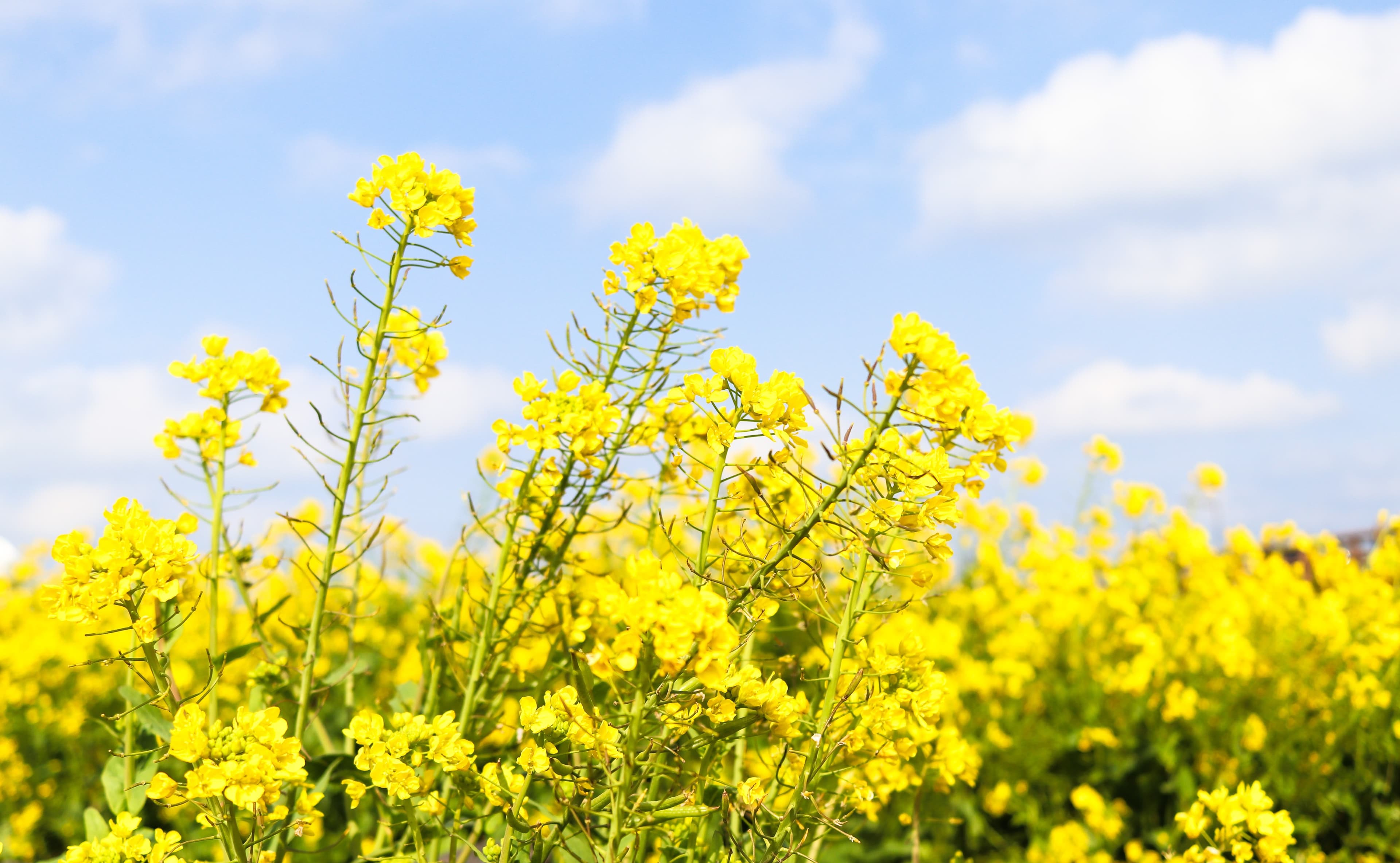
Latest Resources
March 4, 2024
Agriculture Around the World: Canada Edition
In celebration of National Ag Month, we are embarking on a journey around the world to talk to Koch Agronomic Services (KAS) employees about all things ag: the role it played in their early lives, how they use that experience and knowledge in their roles, and what they’re most excited about as they look ahead to the future.
We start this series in Canada where we speak with regional experts, Donald Fisher and Bryce Geisel. Donald is a territory business manager for eastern Canada, and Bryce is a senior agronomist for the region.
Canada Agriculture
In Canada, traditional crops of canola, soybeans and wheat can be found in the western part of the country, while specialty crops, such as vegetables, fruit trees and potatoes, are primarily prominent in the maritime provinces of eastern Canada. Despite the differences in crops, farmers throughout the western and eastern regions are preparing for the upcoming planting season in April.
Growing up in Agriculture
Before they pursued a profession in agriculture, Donald and Bryce were living the ag legacy with a family history rooted in agriculture.
Donald followed the path paved by various aspects of the industry.
“My grandparents had a dairy farm that they sold before I was born, but all my life, my parents were a part of ag,” Donald said. “My dad worked for Agriculture Canada at the research farm just outside of Ottawa and I grew up in an agriculture community with friends, neighbors and cousins. Farming was all around us.”
Donald also took an active role in that ag community by showing dairy calves and judging calves and crops in his local 4-H program. By the time he went off to college, agriculture was a part of his daily life, so it only made sense to turn it into a career.
“I went to the University of Guelph and studied agricultural business, which got me around more and more people in the industry. One of my favorite aspects is that it has always been an influencing and enjoyable community to be a part of.”
As a TBM for eastern Canada, it’s easy to see how Donald’s background has come in handy with his day-to-day interactions with customers. He describes this as his favorite part of the job.
“I love being able to help growers maximize their profits and what they're able to get out of the farm and the field.”
Bryce also had agriculture in his blood.
“I grew up on a farm along the line of farmers going back many generations with it,” he said. “On my dad’s side, my uncle took over the homestead farm, which recently celebrated 125 years. Later on, my dad started his own farm where we had cattle, pigs, chickens, ducks, a horse—the whole thing, in addition to crops.”

Bryce adds that he’s the reason his family got into the pig business.
“It’s a bit of a funny story. My dad didn't want pigs, but at 8 or 9 years old I made up my mind that I wanted them. So, I had $50, and bought two for 25 bucks a piece from my uncle and named them Charlie and Pearl.”
Even with that ag entrepreneurial spirit, Bryce didn’t start college studying agriculture. In fact, it was hockey that got him back on the path.
“In the summer after my first year of university, I ended up getting a job because I played hockey with the son of a local retail manager,” he said. “He offered me a job working on anhydrous and in the chem shed just doing the kind of work that everyone does early in their career. As reps were coming in and talking, I started learning a lot more about the agriculture industry and realized there's a lot more science to it. I’d always enjoyed science, even at an early age.”
With that realization, Bryce partnered his passion for science with his background on the farm to eventually complete college with a master’s degree in agronomy.
Staying Involved in the Ag Community
Outside of his role supporting the sales team and customers from an agronomy standpoint, Bryce still finds time to help out on his family’s farm and participates on the Admissions Committee for Saskatchewan Institute of Agrologist.
Likewise, Donald still lends a hand on friends’ farms helping with calving in the winter as well as driving wagons to bring in hay, helping pack silage bunks and performing field checks when needed. He also plays a role in guiding the next generation of Canadian farmers by volunteering at his community’s local fair, helping with the announcing, kids’ pedal pull and beef classes.
Looking Ahead
A lot of things have changed since those early days on the farm, but the technology developments have both, Donald and Bryce, excited about the future.
“I’m excited about the technology that’s able to be used within the cab,” Donald explained. The automation, GPS's, people using their phones—things that allow a grower to sit in their combine, have the computer on and be able to sell the grain right from the combine or cab. All this new technology makes the growers more efficient.”
Bryce agrees.
“I would say one of the neatest innovations is precision agriculture or the computer software,” he said. “Farmers can start to really keep track and dive into their land. These innovations can help farmers get more out of the acres they currently have, increasing production and the economics that go with it.”
The National Ag Month Celebration Continues
Continue the celebration with other regional spotlights from our LAMSA, AO, US and EMENA markets.
Field Check
Geisel checking fields in western Canada.
Corn Harvest
Combine harvesting corn in Eastern Canada.
KAS Team
The KAS team visiting a grower operation in Canada.


